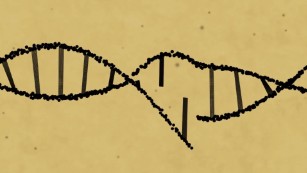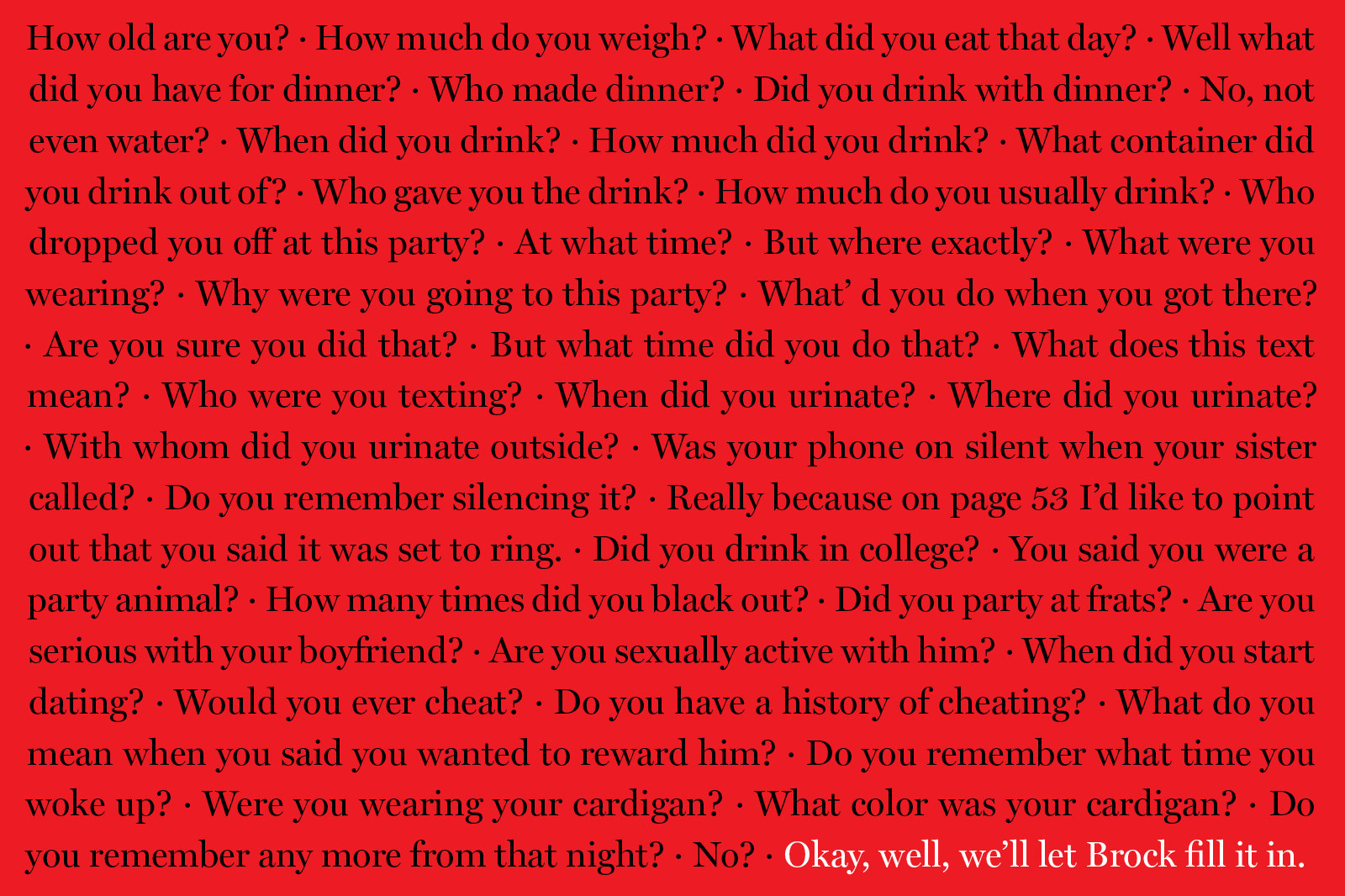Researchers are in the very early stages
of using adult stem cells to grow human organs. The twist: These human
organs are being grown inside animals.
Every day, about 22 people in the United States die while waiting for organ transplants, according to
federal statistics.
In
an attempt to solve the global donor-organ shortage, researchers at the
University of California, Davis have created embryos that have both
human and pig cells.
These cells are created by taking human stem cells from an adult's skin or hair, using them in a pig embryo and injecting it into the uterus of a pig.
The
embryo needs a few weeks to mature for scientists to determine whether
the procedure worked, but after 28 days, the pigs' pregnancies were
terminated, and the cell remnants were analyzed.
Besides
growing organs for transplant patients, this technology may help treat
people with life-threatening diseases like diabetes, said scientist Juan
Carlos Izpisua Belmonte of the
Salk Institute for Biological Studies in La Jolla, California.
Belmonte is working with UC-Davis'
Pablo Ross on this research. Their work is being funded in part by the Defense Department and the
California Institute for Regenerative Medicine.
Getting
to the point of creating human-animal hybrid organs is possible because
of the combination of two breakthrough techniques in stem cell biology
and
gene-editing technology.
Scientists
are able to knock out a section of an animal's DNA, such as the
pancreas, so a pig embryo won't have the information it needs to make
that particular organ.
Then, stem
cells come into play. Once injected into the embryo, the adult stem
cells will start working on creating a pancreas. Since embryos don't
have immune systems, they can't reject the foreign cells.
The
next step, which Belmonte said is still a dream, is that old, damaged
or sick human organs could be easily replaced, possibly saving thousands
of lives each year.
When man and beast unite
What makes stem cells so special is that they can form any type of tissue.
The
stem cells are injected into an embryo at such an early stage, when the
embryo is just a few cells in a Petri dish, that they can essentially
develop into any part of of an animal's body.
That possibility also makes the research controversial.
The
mix of human and animal DNA in modern medicine is known as chimera. The
name is inspired by a monstrous creature from Greek mythology that is
depicted as part lion, part goat and part snake.
The U.S.
National Institutes of Health
announced in November that it would not support this human-animal
research after reviewing a presentation from scientists working in the
field.
The institutes' main concern
involves the concept of chimeras acquiring a cognitive state.
Scientists are essentially asking themselves what happens if human stem
cells somehow start to create a human brain inside an animal.
It's a major bioethical question, according to Paul Root Wolpe, director of the
Center of Ethics at Emory University.
"If
you were creating a pig with a heart made from human cells, is that OK?
I think it is. There's nothing magical about the human cell," Wolpe
said.
But the landscape gets
murkier if there's a possibility of an animal experiencing human
thoughts, Wolpe explained. Mental cognition is an intrinsically human
experience.
"This is pretty crude
procedure. We are throwing stem cells into embryonic cells and hoping
that it works out. We have to be really careful about that," he said.
Although
the risk of an animal acquiring human consciousness is slim -- their
brains are smaller than and different from humans' -- anything is
possible, Belmonte said.
"We need
to consider all the possibilities. Where the cells go is a major
question. They can go to the brain or anywhere," he said.
But the National Institutes of Health's funding ban has
drawn criticism
from scientists, including Daniel Garry, a cardiologist who leads a
chimera project at the University of Minnesota, who said the agency's
stance is inhibiting medical progress and creating a stigma around the
research.
'Personalizing' the future of medicine
Other
than transforming to essentially anything, human stem cells are
important in chimera research because they can limit the chance of a
human-pig organ being rejected by a transplant patient's body.
"With the compatibility of these cells, this will open the door for personalizing medicine," Belmonte said.
So why grow organs inside a pig, anyway?
The creature's organs are almost the same size as ours, said Walter Low, professor at the
University of Minnesota's Department of Neurosurgery.
"The
animal is acting as a biological incubator," Low said. "If the stem
cells were taken from a patient with diabetes, those stem cells are
identical to the patient's own cells."
Low has been using stem cells to treat neurological disorders such as
Parkinson's disease, a condition that affects the central nervous system.
This
idea of chimera organs isn't a new concept, Low explained. In 2010,
Japanese scientist Hiromitsu Nakauchi, who is now a stem cell biologist
at Stanford University, was able to grow a rat pancreas inside a mouse.
This was a huge breakthrough in chimera research because rats and mice
are different species.




